10 Reasons the 789-HP McLaren Senna Is Their Most Extreme Hypercar Yet
It’s a street-legal track weapon.
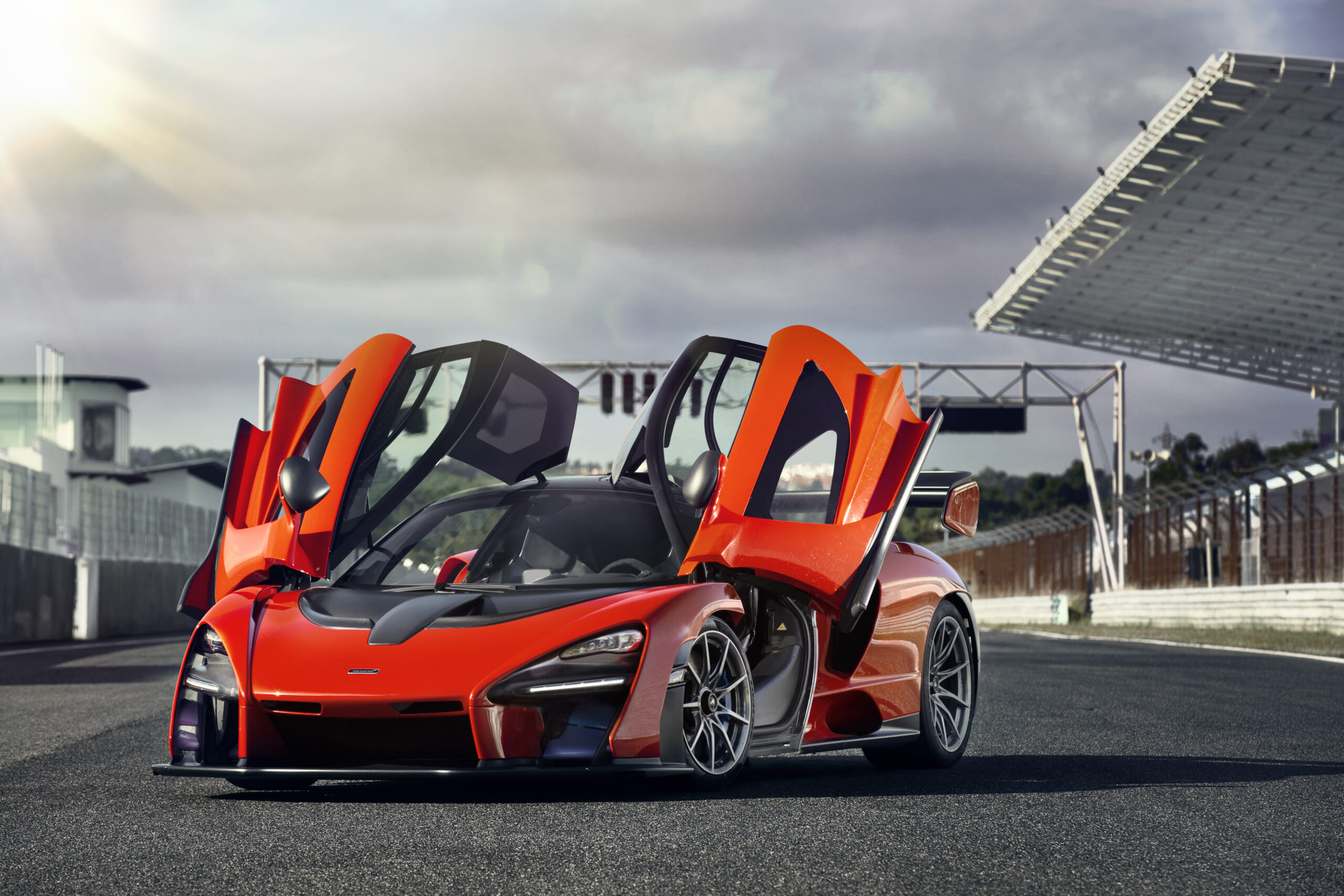
McLaren Automotive doesn’t do SUVs. Or sedans. Or station wagons. They don’t build a single model with even one of those fake back seats like the Porsche 911 has. They only build serious sports cars. But they’ve named the latest one after the McLaren Formula 1 team’s most legendary driver, Ayrton Senna, to underscore the point that this one is the company’s most merciless track weapon yet.
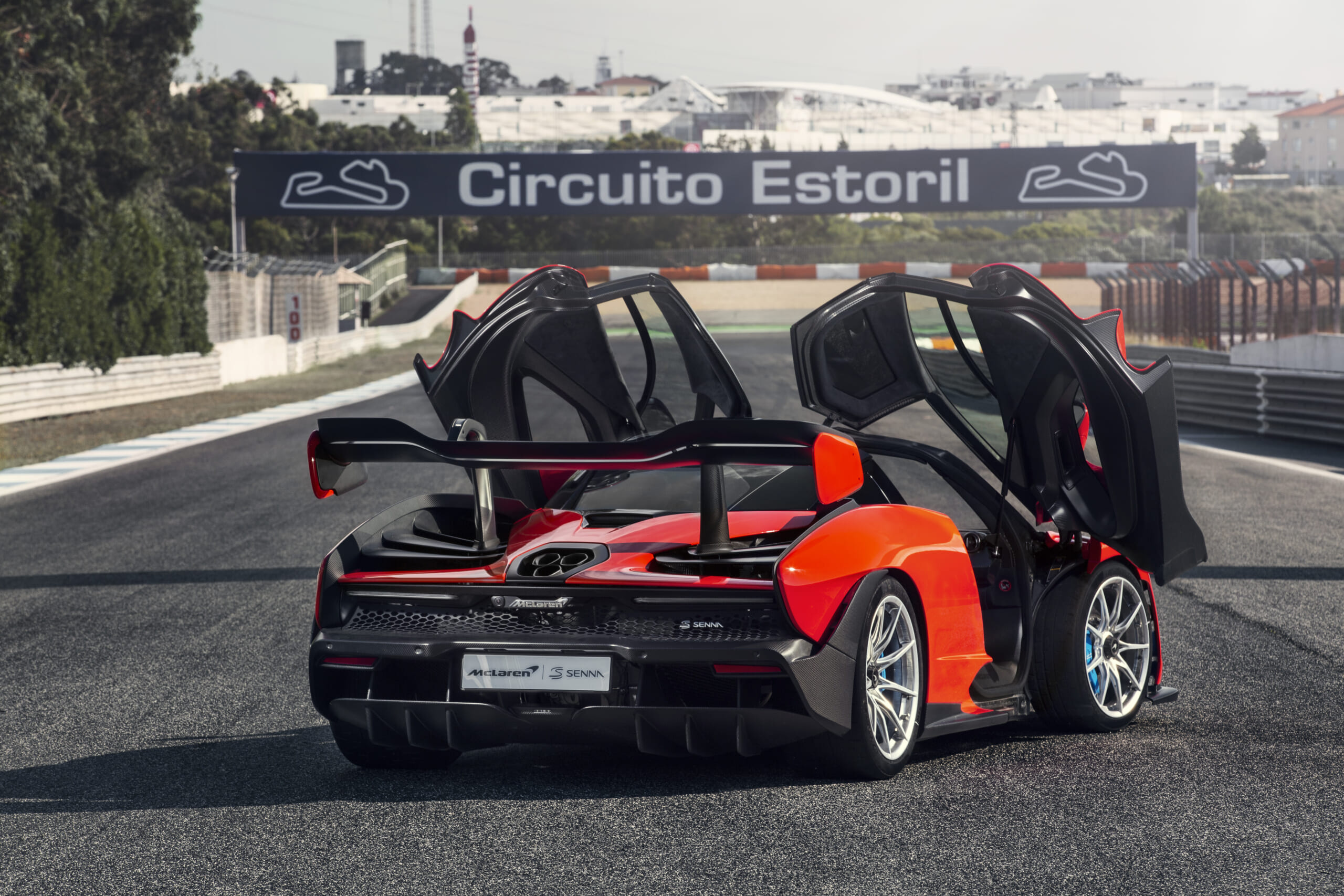
“The McLaren Senna is a car like no other: the personification of McLaren’s motorsport DNA, legalized for road use but designed and developed from the outset to excel on a circuit,” states Mike Flewitt, McLaren Automotive’s CEO.
“Every element of this new Ultimate Series McLaren has an uncompromised performance focus, honed to ensure the purest possible connection between driver and machine and deliver the ultimate track driving experience in the way that only a McLaren can.”
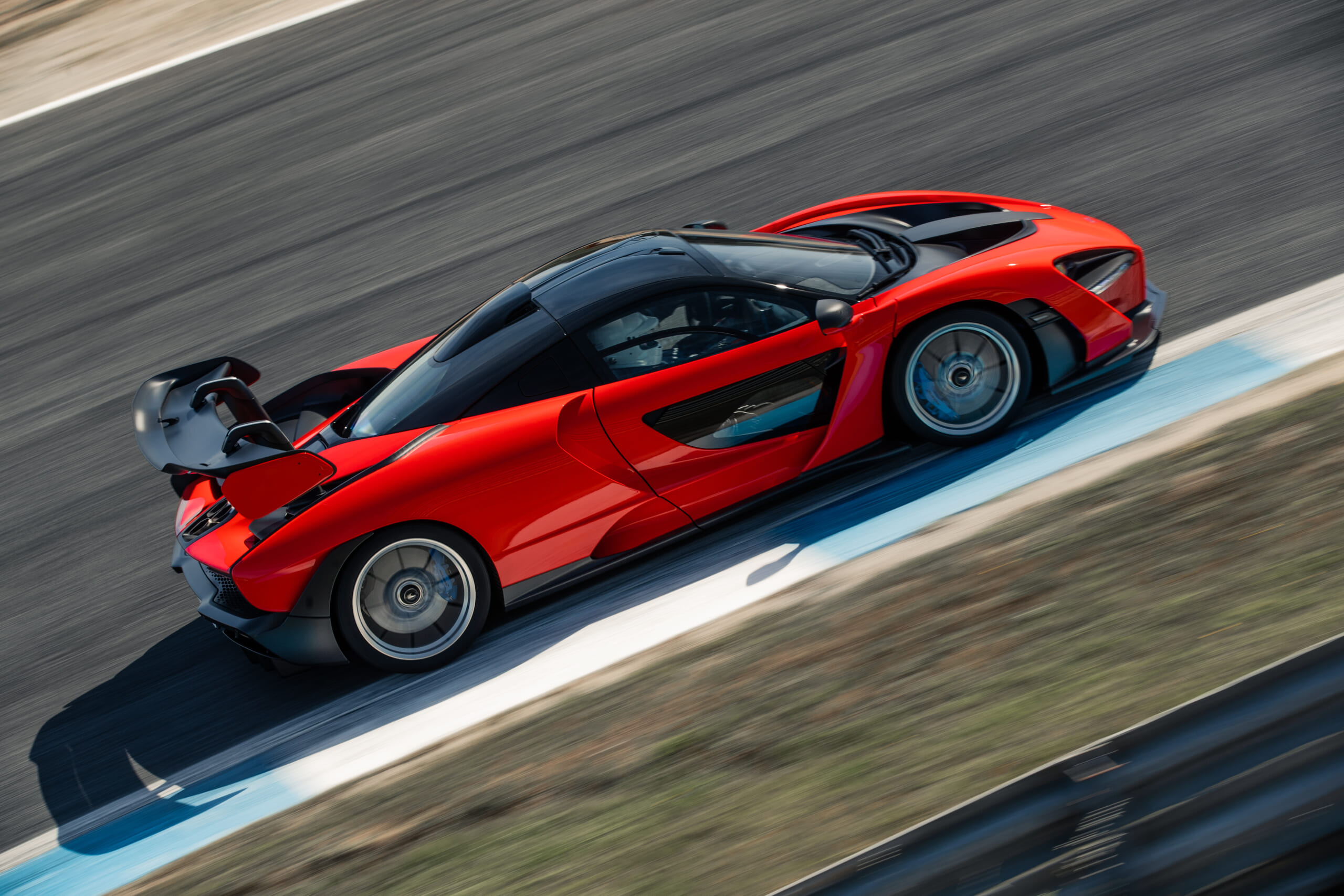
Which is all fine to say, but when a company only builds sports cars, it takes an extraordinary effort for a new model to stand apart as the “ultimate track car,” that McLaren states as its goal for the Senna.
Recently, we’ve track-tested the Ford GT, Lamborghini Huracan Performante, Ferrari 488 Pista and Chevrolet Corvette ZR1, which are all also extreme-performance track-driving special editions that have each impressed us with their capabilities, so needed some convincing.
At McLaren’s media launch drive program for the Senna at Circuito Estoril (the Lisbon, Portugal track where Ayrton Senna won his very first Formula 1 Grand Prix) the company’s engineers revealed the multitude of technical details that contribute to this accomplishment. Then they gave us the chance to test the results for ourselves, by driving laps of the track with a McLaren pro driver alongside in the right seat to supervise.
Here’s what we found to be the Senna’s most noteworthy technical features.
1. Active aerodynamics
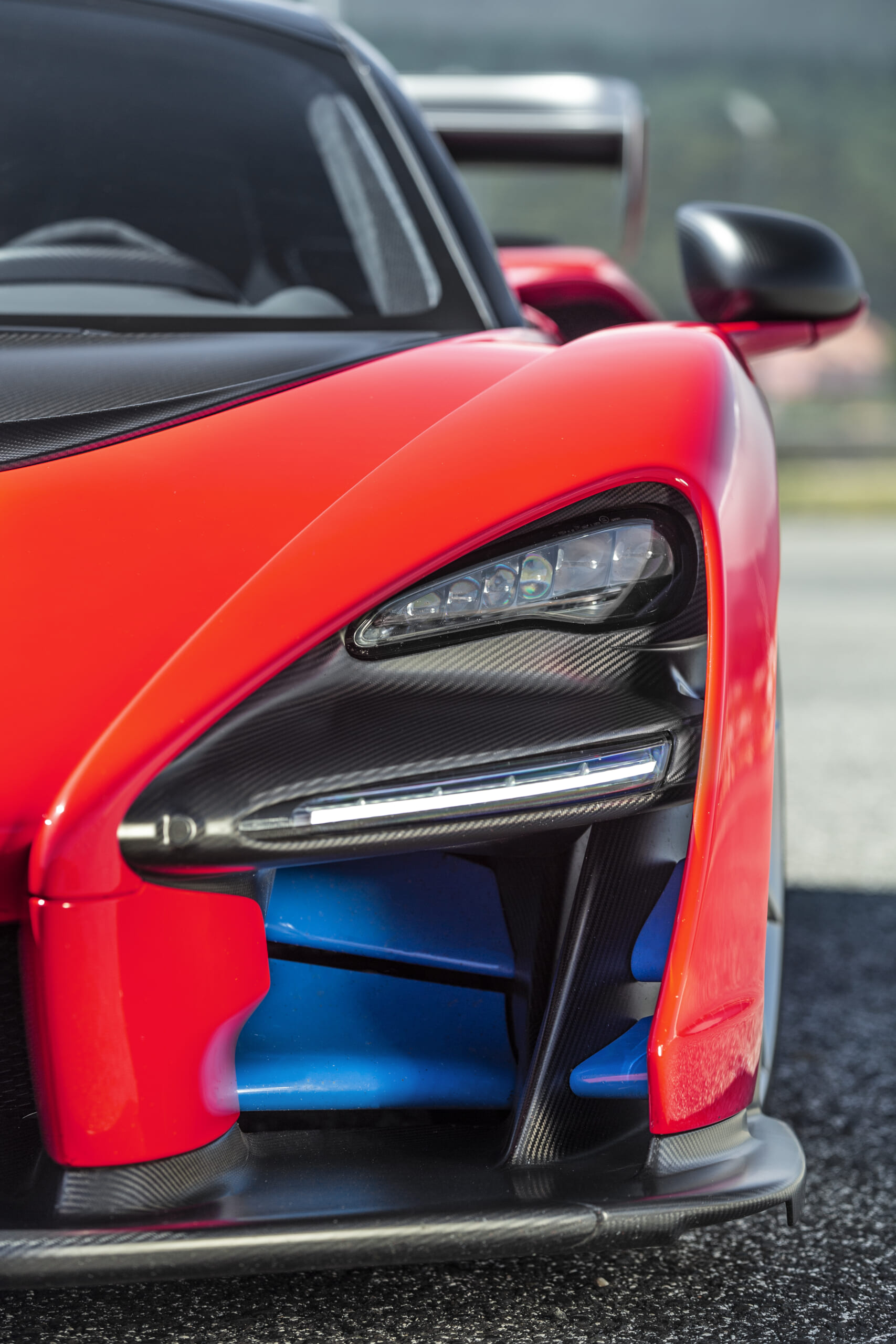
The Senna’s various wings, scoops, vents, spoilers, splitters and diffusers combine to stick the car to the ground with 1,800 lbs. of force at 155 mph. That’s 40 percent more downforce than the McLaren P1 hypercar of a few years ago. That means that the Senna has better grip in fast turns, so it can go even faster through them. And that grip helps the brakes stop the car, so higher speeds don’t necessarily mean longer stops.
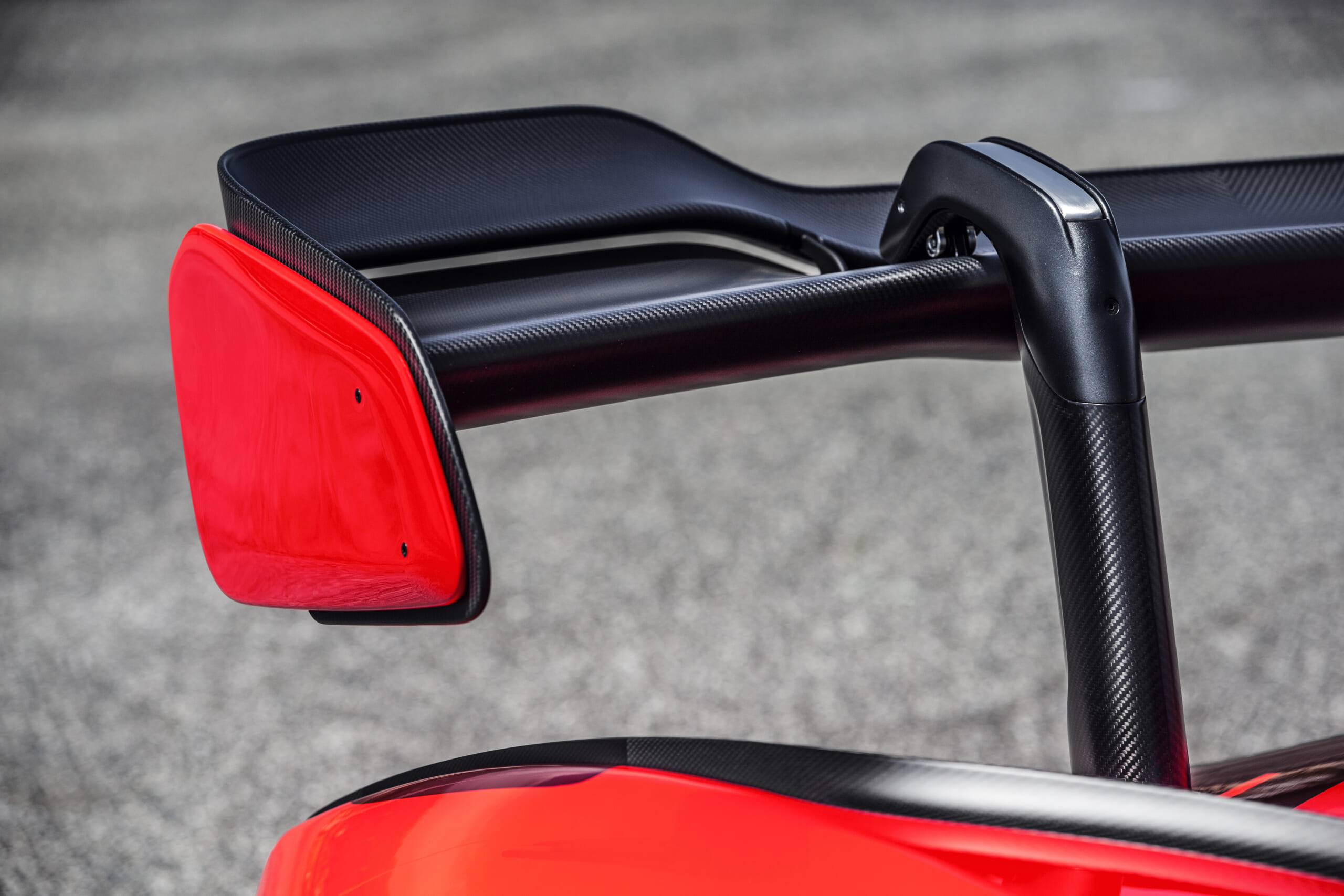
Even more ingeniously, the Senna’s aerodynamic aid is variable. The car’s computers deploy the wings and front ‘Aero Blades’ when the car is turning or braking, but flattens them out for less drag on the straights to let the the Senna run free. Consider details like the rear wing mounts. They attach to the wing on the top, leaving the downforce-producing underside clear to do its work.
2. Stronger carbon fiber chassis
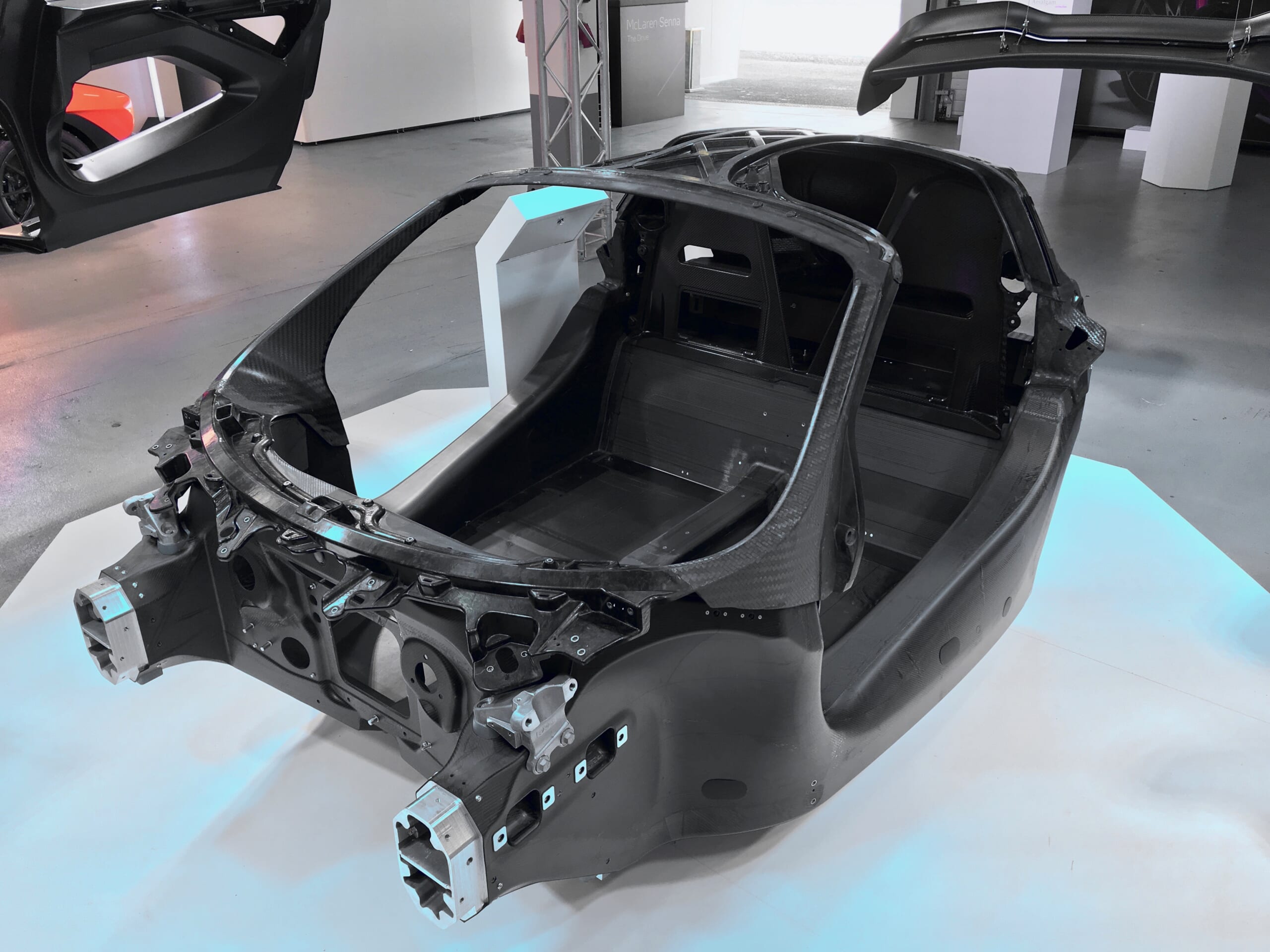
They’ve built the 2019 McLaren Senna on an updated version of the the carbon fiber chassis tub we experienced in the McLaren 720S we drove. Thanks to additional bracing behind the seats, the tub is now called Monocage III, and it is the stiffest the company has ever made for a street car.
3. More power
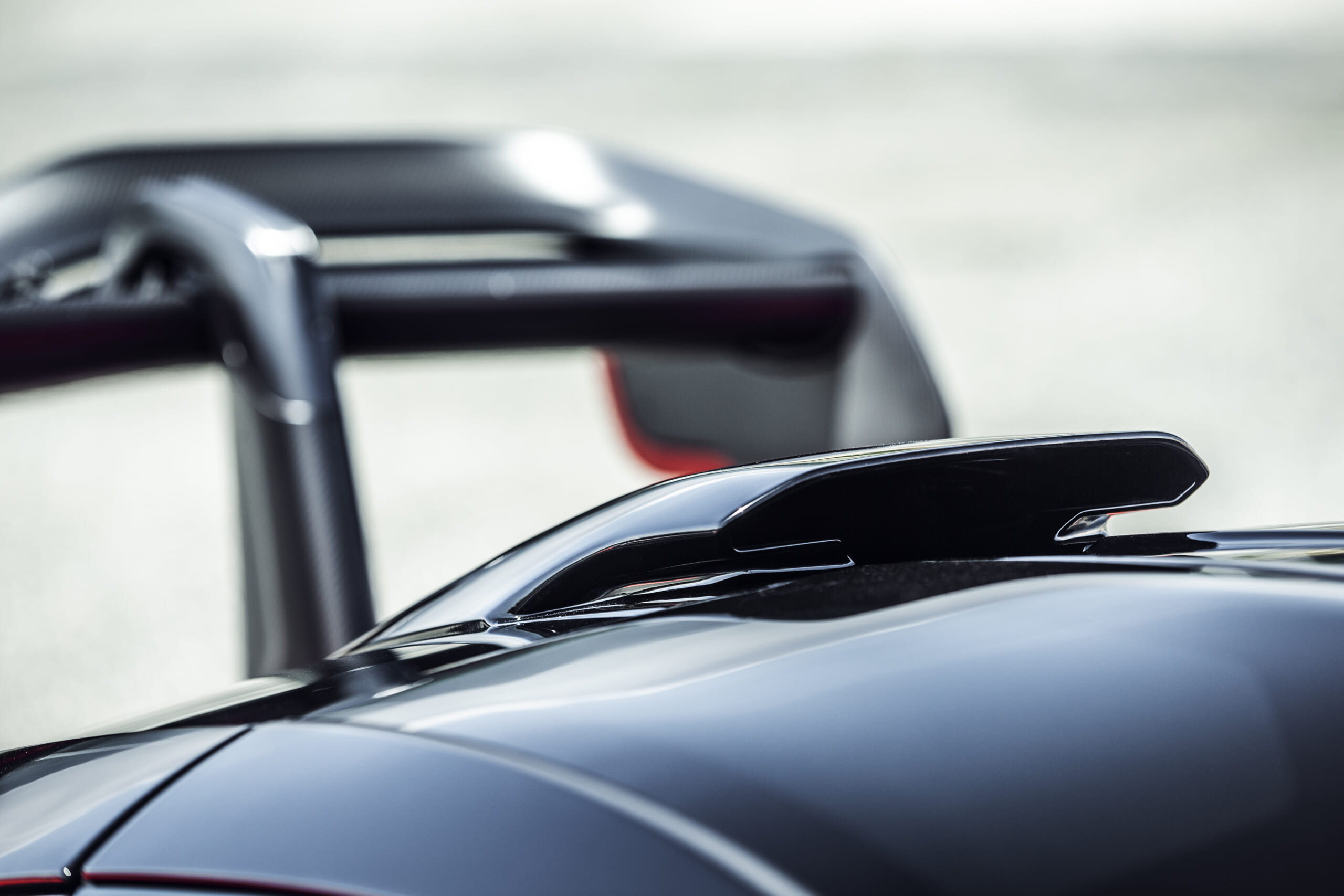
From there, McLaren’s engineers have naturally pumped up the engine’s output from that in the 720S. Now the twin-turbo 4.0-liter V8 produces 789 horsepower thanks in part to the cool periscope intake scoop that refers to the similar air inlet on the original McLaren F1 hypercar of the 1990s.
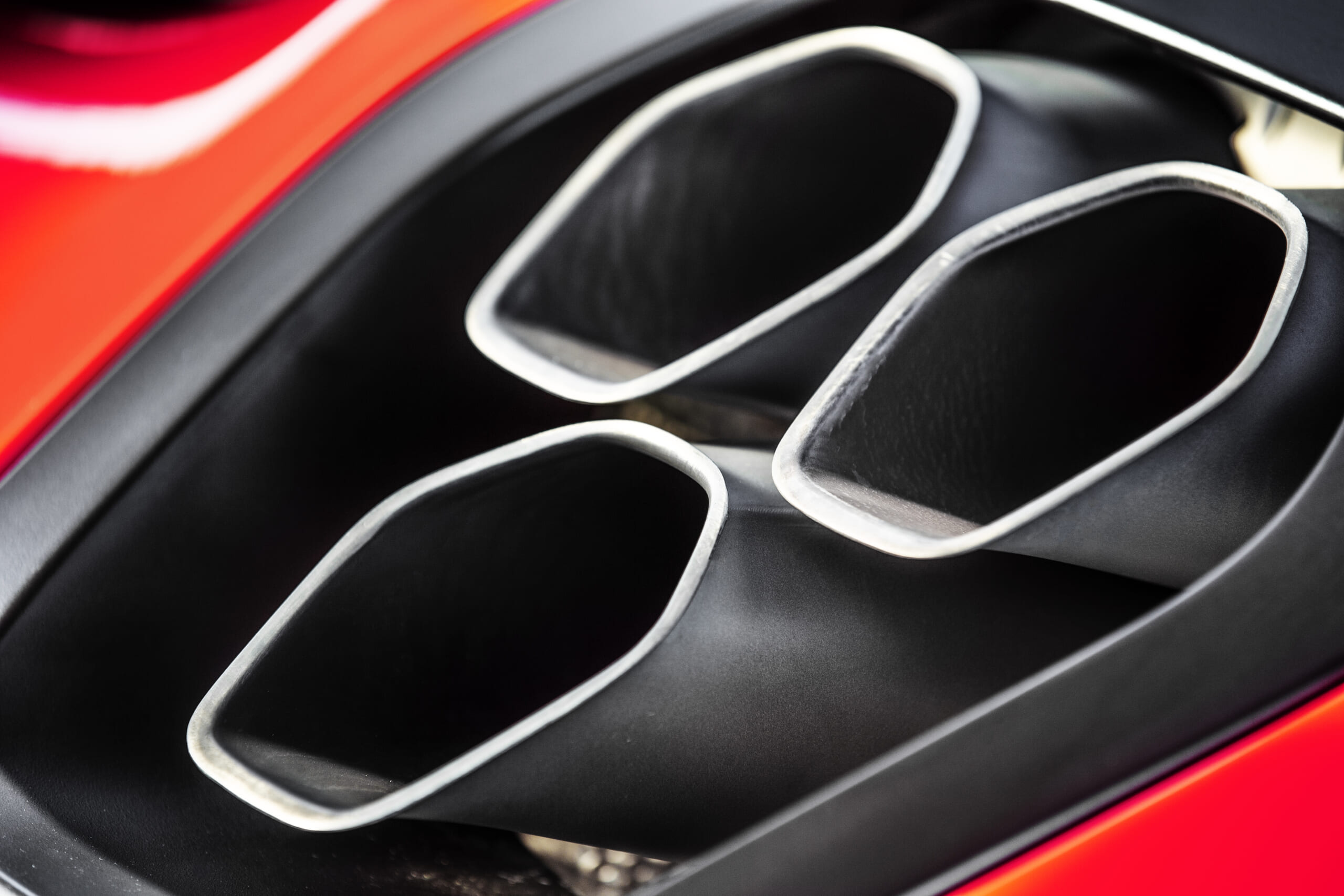
The Senna also exhales through this extravagant top-exiting triple-pipe exhaust system that is made of ultra-light titanium and Inconel. These extreme thin-gauge exhaust pipes contribute to the Senna’s ferociously serious engine sound.
4. Crazy brakes
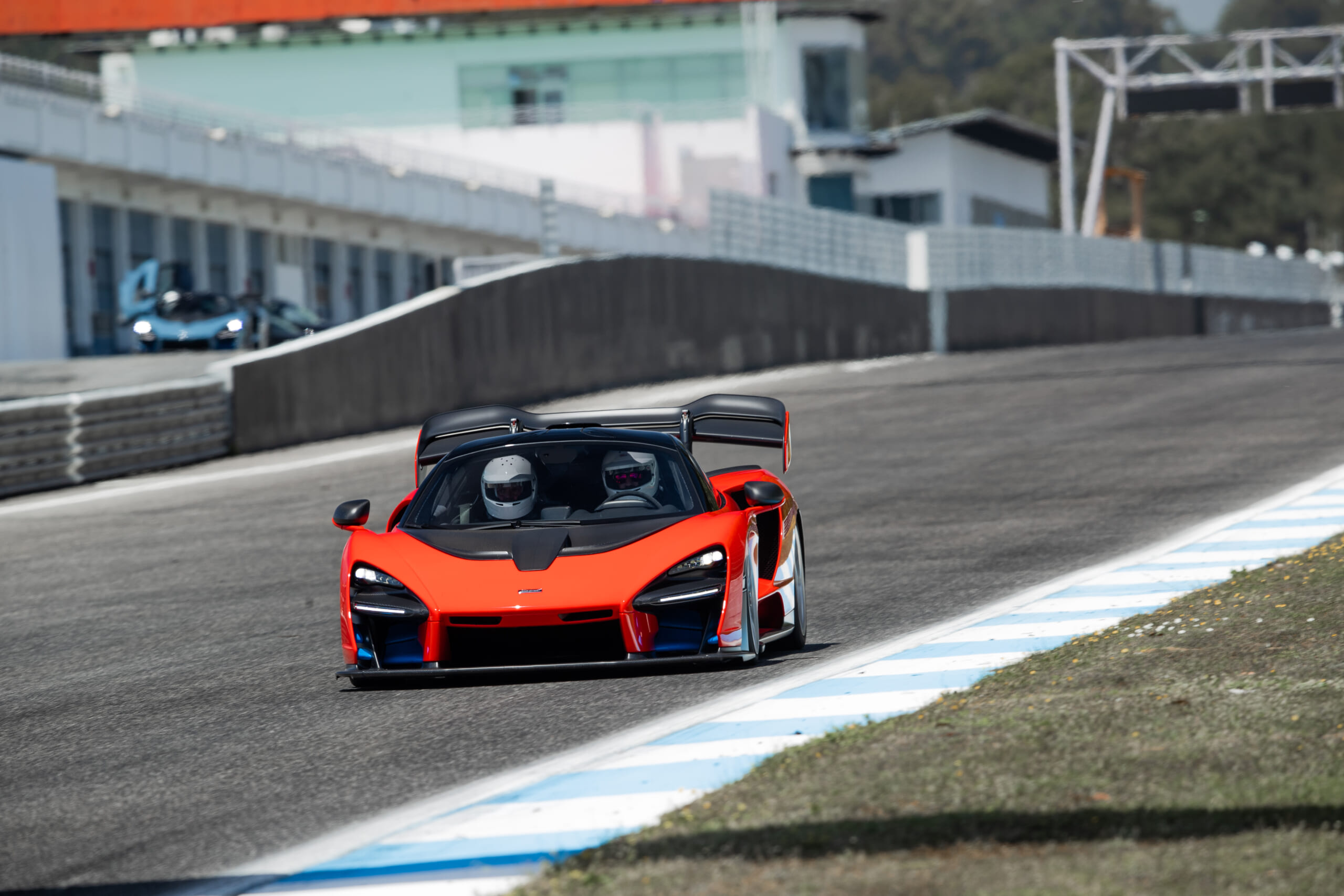
The Senna wears 390mm carbon ceramic brake rotors front and rear, with six-piston monobloc aluminum front calipers and four-piston rear. But plenty of cars have similar hardware. The Senna optimizes this hardware thanks to the extra grip provided by the car’s active downforce. This means it decelerates at a neck-stretching 2.1 gs, stopping from 125 mph 52 feet shorter than the P1 did.
Commendably, the Senna’s brakes achieve this effectiveness with none of the annoying squeaking or clumsy low-speed grabbiness exhibited by the carbon ceramics on the Ferrari 488 Pista.
5. Sticky tires
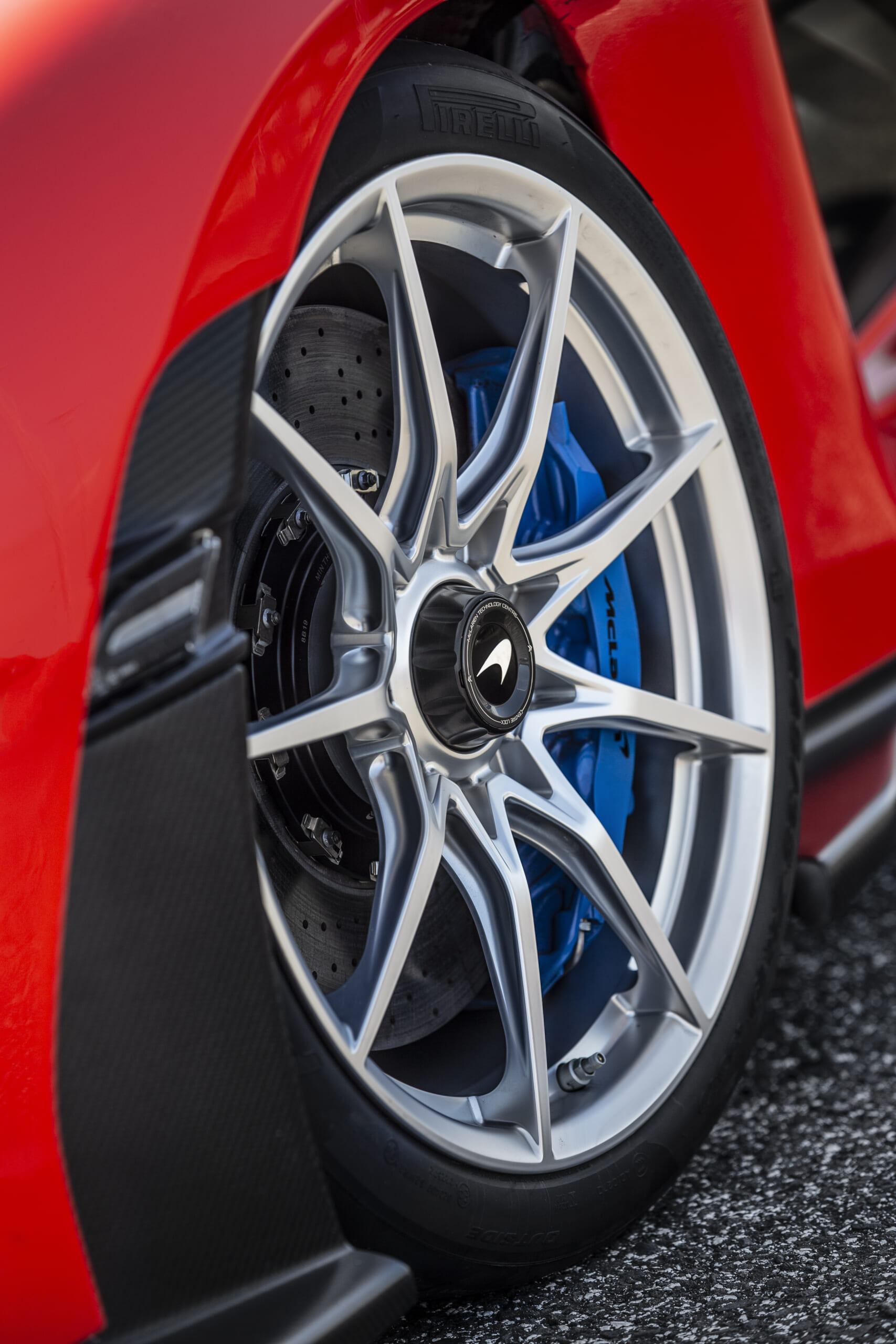
The Senna features sticky Pirelli P-Zero Trofeo R tires (245/35 ZR19 at the front, and 315/30 ZR20 at the rear) that McLaren developed especially for the car in partnership with Pirelli. Their work focused on contributing to the Senna’s dramatically short braking distances while improve traction for acceleration and keeping the reaction between the front and rear axles consistent.
McLaren also developed a special forged aluminum wheel for the Senna. The wheel features a racing-style center lock nut and is very light. Customers can choose a fashionable carbon fiber wheel as an option, but the company said that the carbon fiber wheel’s spokes are not as rigid as those of the aluminum wheel, and that the carbon wheels have a more vague steering response as a result.
6. Active suspension
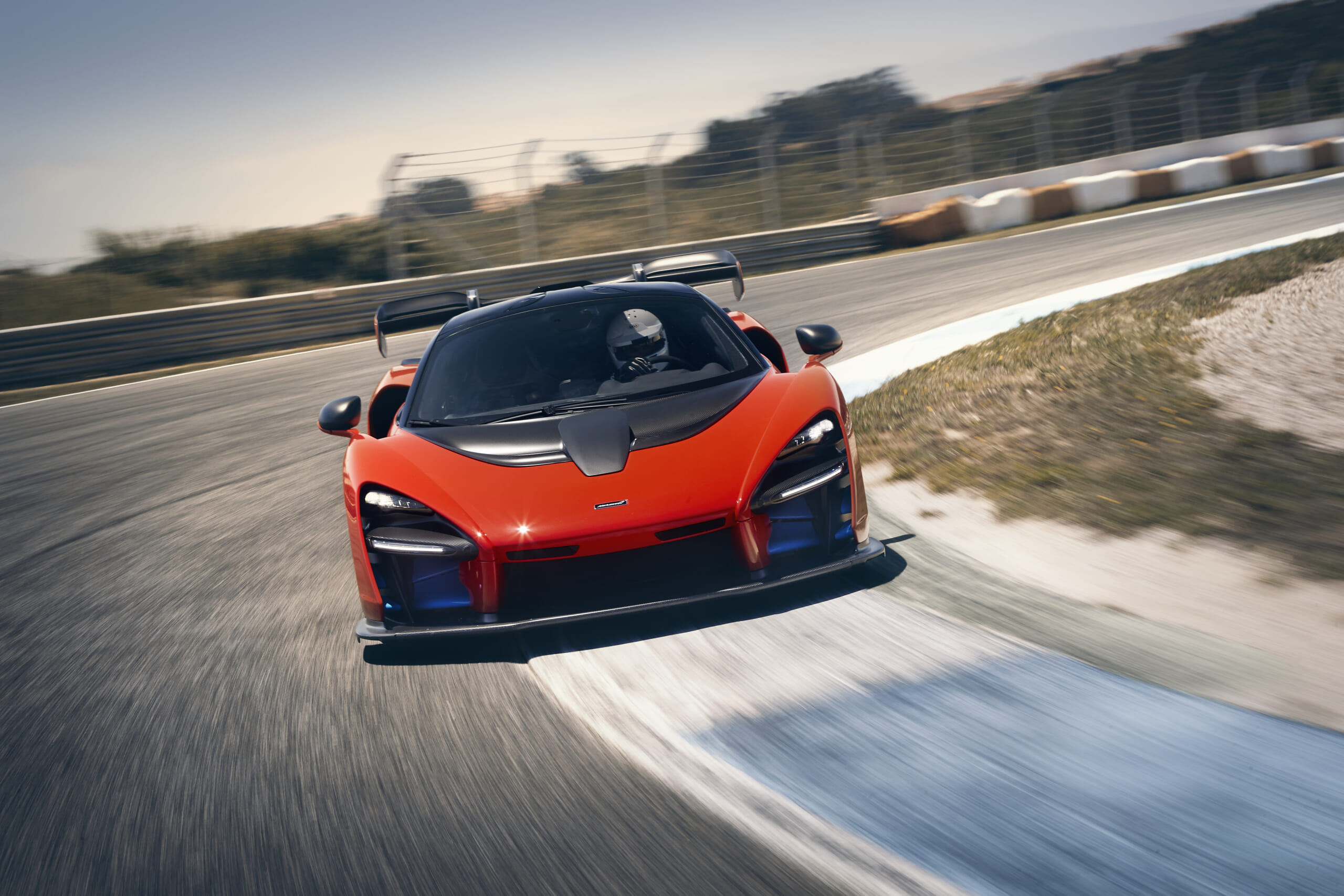
McLaren’s second-gneration RaceActive Chassis Control System (RCC II) linked hydraulic active suspension system lets the car’s computer precisely control the Senna’s response to every bump and ripple, while managing roll, pitch and dive to both preserve control and the car’s aerodynamic attitude. That last point is critical for predictability at speed, because changes to the aero performance resulting from body movement can produce unpleasant surprises.
7. Light weight
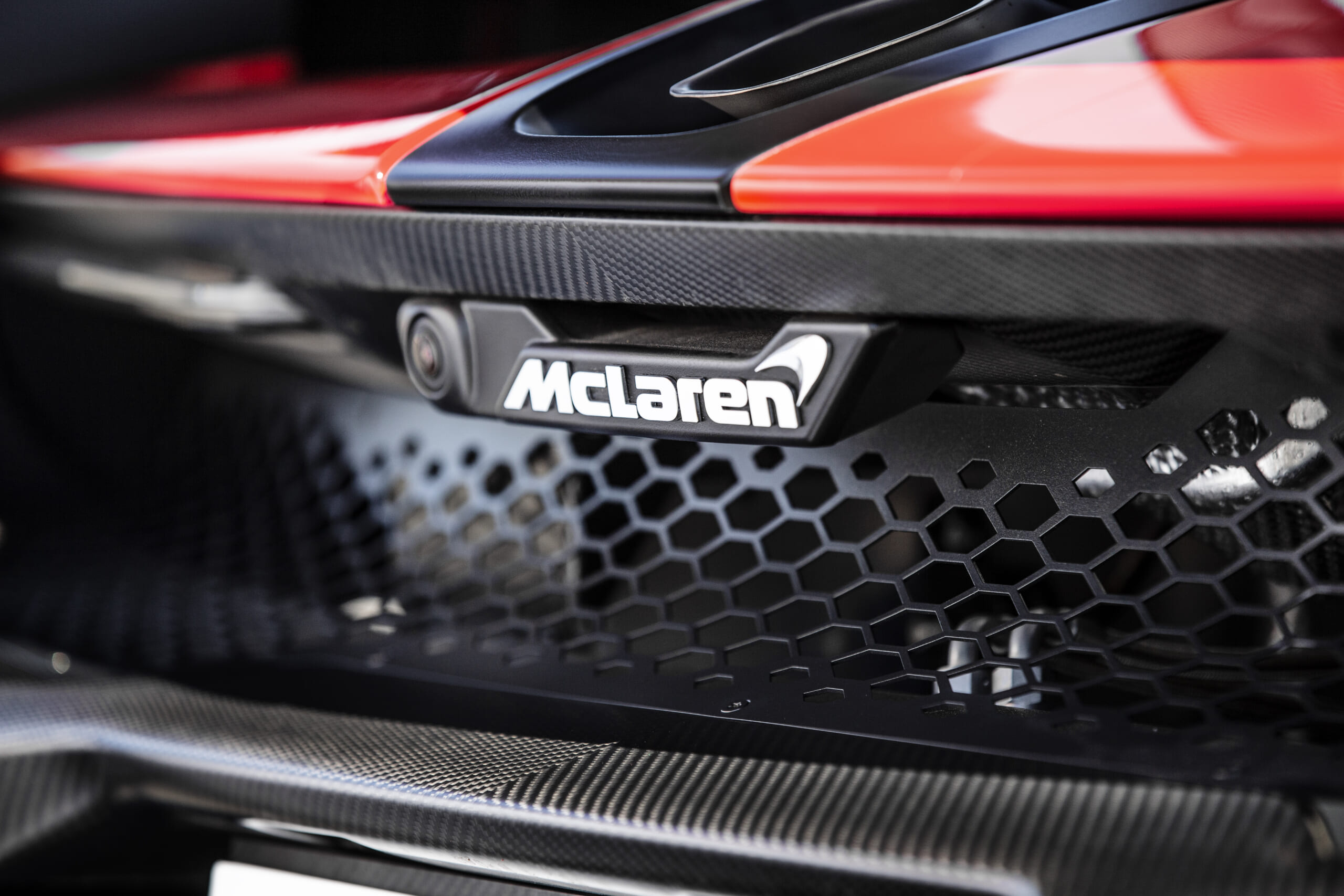
The all-carbon fiber construction contributes to the Senna’s incredible 2,640 lb. “dry weight” (when the car is drained of fluids). For comparison, that’s 200 lbs. heavier than the sprightly Mazda Miata, which has a 600-horsepower deficit compared to the Senna.
One of the Senna’s front fenders weighs a feathery 1.45 lbs.! The massive rear wing, which is strong enough to withstand the hundreds of pounds of downforce it applies to the Senna’s frame, weighs barely more than the 10-pound bag of Cat Chow you just picked up at the supermarket.
8. Ludicrous speed
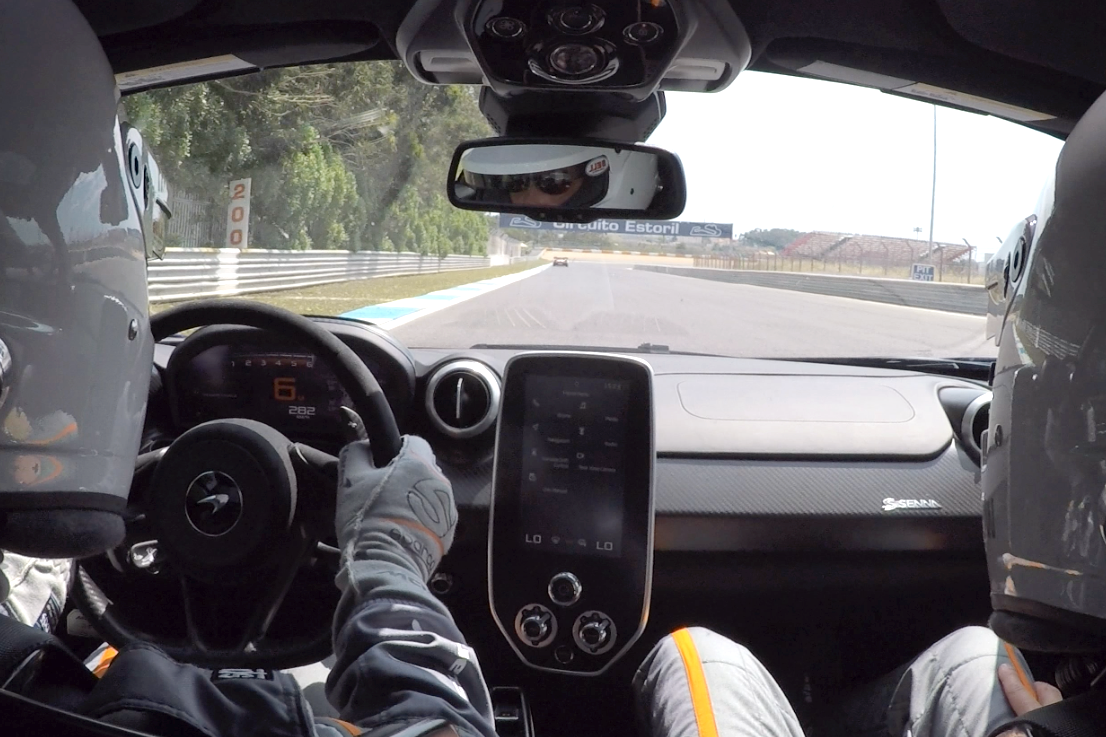
OK, the Senna’s 208-mph top speed is topped by a couple of its rivals. But the Senna’s stupendous aerodynamic and mechanical grip make its speed accessible. Compared to the 720S, the Senna rips through Estoril’s fast Parabolica curve 5 mph faster than the plenty-fast 720S and reached the brake zone at the end of the front straight at 175 mph with me at the wheel.
It accelerates to 60 mph in a scant 2.7 seconds and scorches through the quarter mile in 9.9 seconds, which rivals the time of the drag racing-optimized Dodge Demon. Ludicrous.
9. Amazing doors
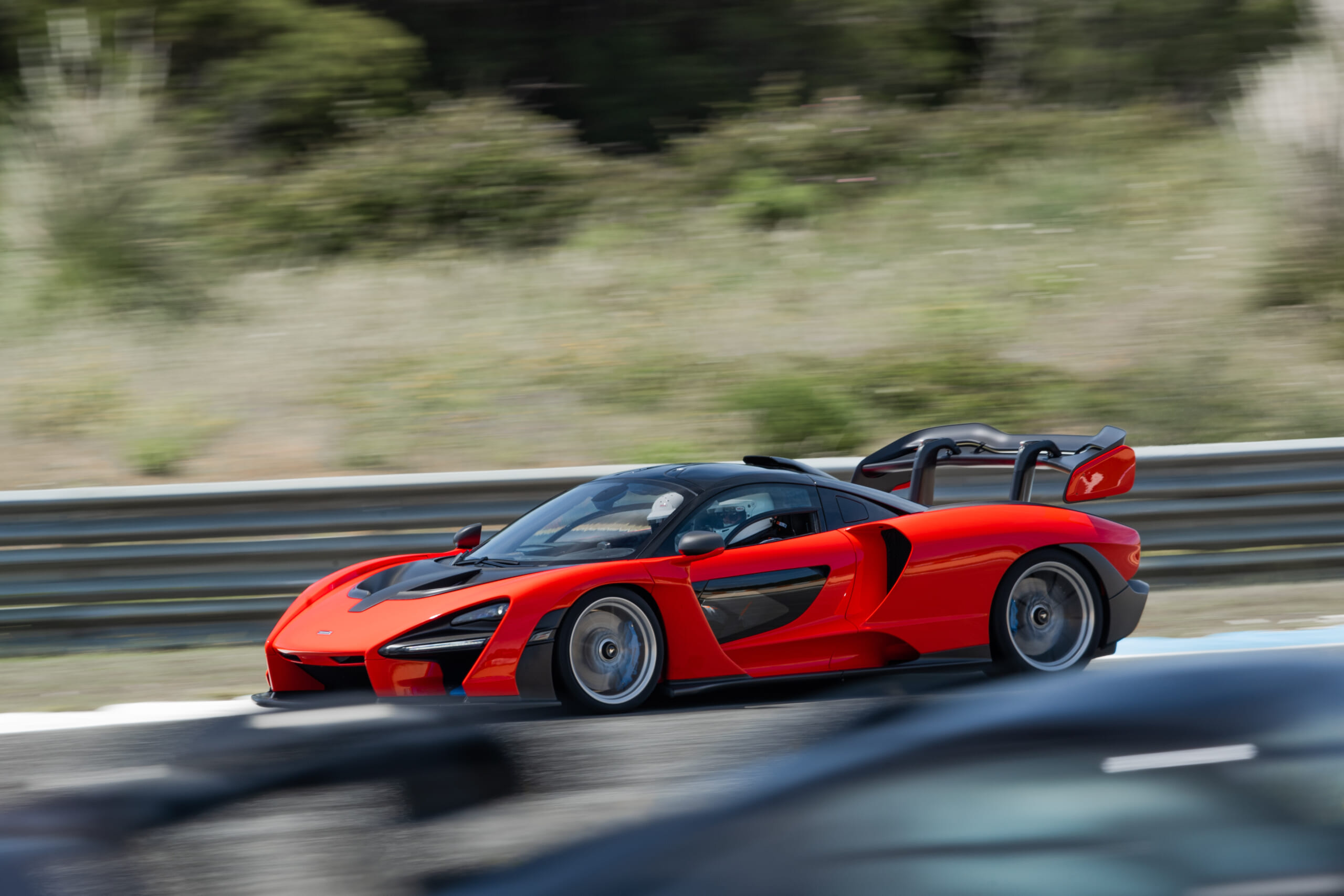
As if the Senna’s McLaren-signature dihedral doors are attention-grabbing enough, the Senna has Gorilla Glass sections in the lower part of the door as well as the roof section, providing a bit of an open-cockpit feeling from inside the car.
Who else has see-though doors? One consequence is that the portion of the upper window that opens is miniscule, so forget about squeezing that Quarter Pounder and fries through the slot from the McDonald’s drive-through window.
10. Million-dollar price tag
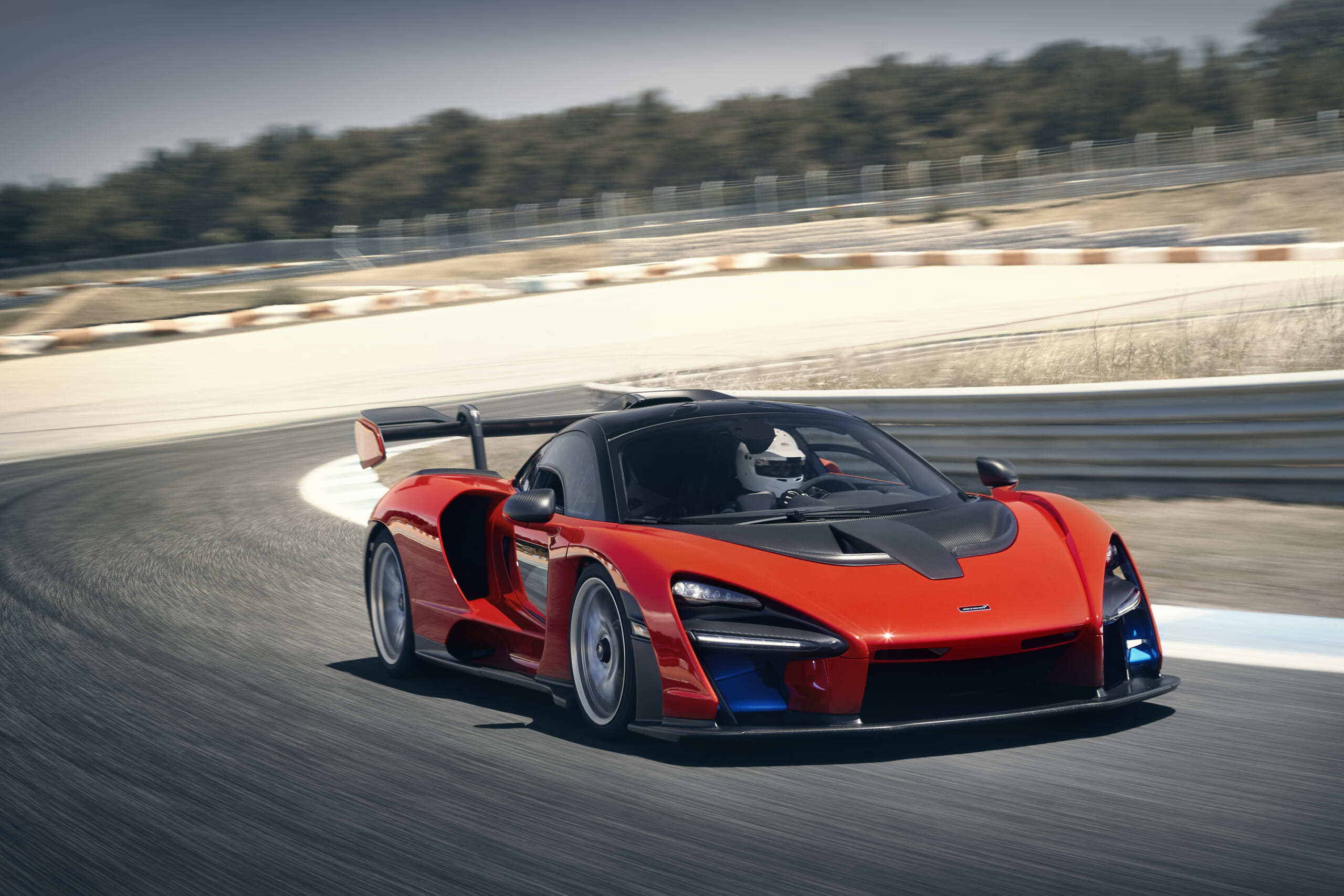
No explanation needed.
